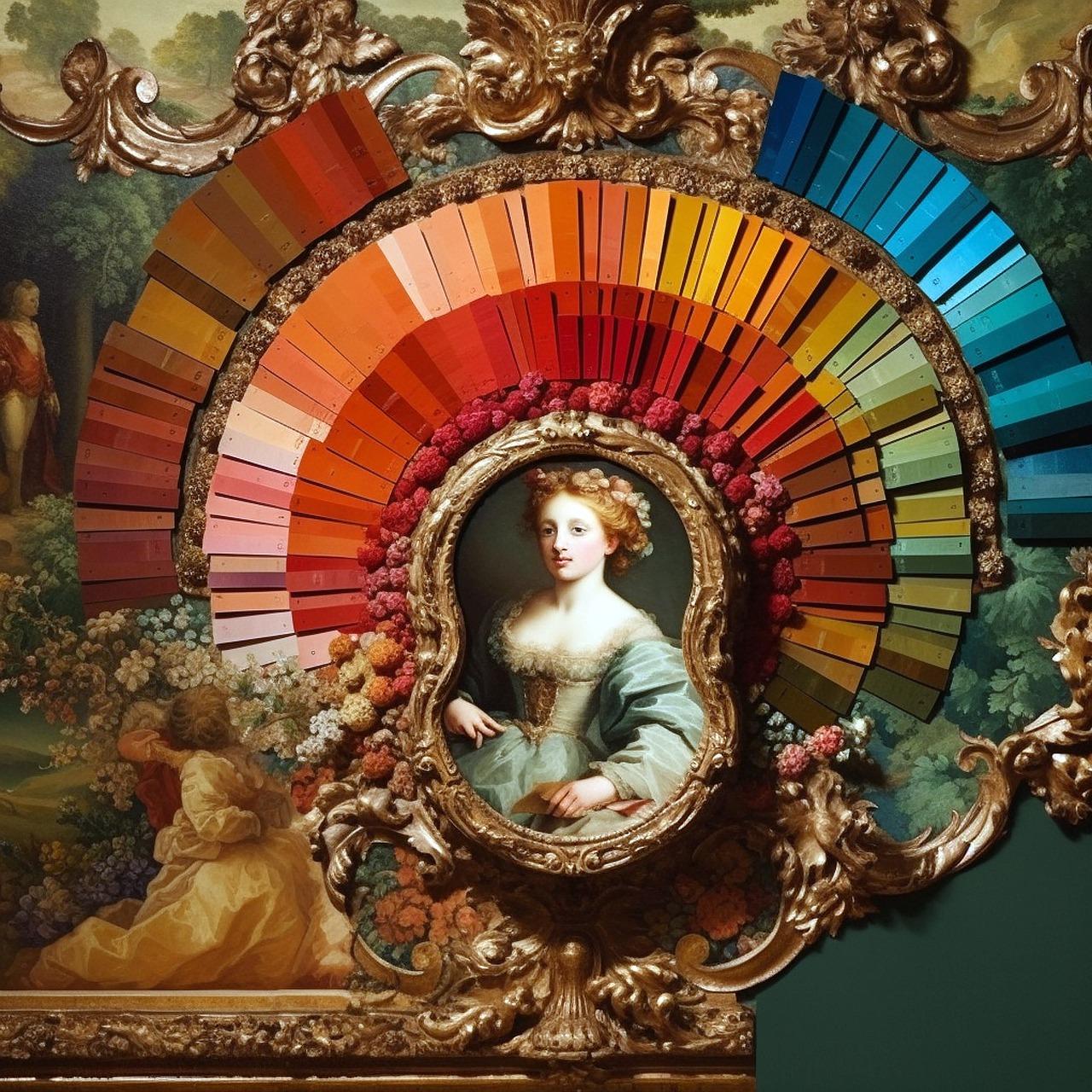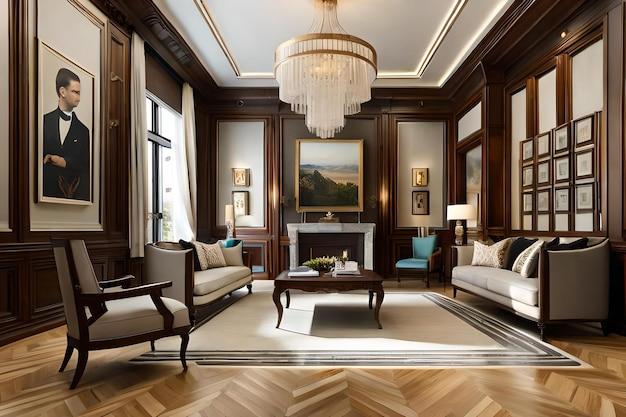Classical art has captivated audiences for centuries with its timeless beauty and enduring significance. From ancient Greece and Rome to the grandeur of Byzantine and medieval art, classical art encompasses a wide range of artistic expressions. In this blog post, we will delve into the characteristics of classical art, exploring its distinct features, principles, and functions. We’ll also investigate how classical art differs from its modern and contemporary counterparts, providing insights into the evolution of artistic styles over time. So, join us on this journey through the realms of classical art and discover the allure that has stood the test of time.
Characteristics of Classical Art
Classical art, oh how refined and sophisticated it is! Let’s dive into the world of graceful sculptures, magnificent architecture, and timeless paintings. In this subsection, we’ll explore the defining characteristics of classical art and discover what sets it apart from other artistic styles. Buckle up, art enthusiasts, because this is going to be an enlightening and entertaining ride!
Balance and Harmony: The Power Duo of Classical Art
The first characteristic that defines classical art is its impeccable balance and harmony. Just like your favorite dance move or a perfectly crafted burger, classical art aims to achieve that sweet spot where all the elements come together flawlessly. From the precise proportions in sculptures to the symmetrical compositions in paintings, classical artists were the kings and queens of artistic equilibrium.
Order and Symmetry: Aspiring Architects, Take Note!
If you think your OCD tendencies are something new, think again! Ancient classical artists were all about order and symmetry, making sure every line, curve, and column were in perfect alignment. Walking through classical buildings is like diving into a world of geometric precision. So, if you’ve ever caught yourself admiring the satisfying alignment of pillars, you can thank classical art for giving you that strange sense of pleasure.
Idealized Beauty: The Ancient Photoshop
Move over, beauty filters! Classical art has been perfecting the art of idealized beauty for centuries. Sculptures and paintings depict figures with physically flawless features—a complete absence of pimples, blemishes, or a bad hair day. Think of classical art as the ancient version of Photoshop, erasing imperfections and giving us a glimpse of aesthetically pleasing ideals.
Mythology: The Greatest Show on Earth
Who needs Netflix when you have classical art to entertain you? Mythology plays a significant role in classical art, providing the juiciest storylines and dramatic moments. From Zeus throwing thunderbolts to Aphrodite rising from the sea foam, classical art brings these mythological sagas to life with breathtaking aesthetics. So grab your popcorn and get ready for the greatest show on Earth!
Emotion? Naaah, Let’s Keep It Stoic
If you’re looking for a roller coaster of emotions through art, classical art might not be your cup of tea. Stoicism was the name of the game in ancient times, and classical art reflects that perfectly. Emotions in classical art are often controlled and subdued, with an emphasis on maintaining composure. So, don’t expect to find tear-jerking scenes or explosive bursts of passion. But hey, there’s still plenty of beauty to admire!
And there you have it, dear readers! We’ve explored the captivating characteristics of classical art, from its impeccable balance and symmetry to the idealized beauty it offers. We’ve traveled through ancient tales and embraced the stoic emotions depicted in classical art. The world of classical art is a treasure trove of sophistication and elegance that continues to inspire and awe us to this day. So go forth, appreciate the art, and let classical beauty enchant your senses in the ever-evolving year of 2023!
FAQ: What Are The Characteristics Of Classical Art
Which world is best associated with the classical style of art
The classical style of art is best associated with the ancient world. It was primarily prominent in ancient Greece and Rome, where artists flourished and created enduring masterpieces that still captivate us today.
What is the difference between ancient art and classical art
While both ancient art and classical art encompass a wide range of artistic expressions, classical art specifically refers to the art created during the Greco-Roman period. Ancient art, on the other hand, encompasses a broader time frame and includes art from various ancient civilizations like Egypt, Mesopotamia, and Persia.
What are the characteristics of classical architecture
Classical architecture is known for its harmony, balance, and proportion. It features decorative elements such as columns, pediments, and friezes. The most well-known architectural styles of classical art are Doric, Ionic, and Corinthian.
What does classical architecture represent
Classical architecture represents ideals of beauty, order, and perfection. It seeks to create a sense of balance and harmony in its design, drawing inspiration from the ancient Greeks and Romans. Through its grandeur and precision, classical architecture symbolizes the cultural achievements and sophistication of these civilizations.
What are classical ideals
Classical ideals are principles and values that were highly valued in ancient Greece and Rome. They include concepts such as balance, harmony, rationality, and the pursuit of perfection. These ideals influenced not only art, but also philosophy, politics, and society as a whole.
What were the characteristics of classical sculpture
Classical sculpture is characterized by its anatomical accuracy, idealized beauty, and realism. Sculptors of this period aimed to create lifelike representations of the human form, often depicting idealized figures of gods, goddesses, and mythological heroes.
What are the classical art principles
The classical art principles revolve around the pursuit of beauty, balance, and harmony. These principles include proportion, symmetry, perspective, and the use of classical motifs and symbols. They guide artists in creating aesthetically pleasing and timeless works of art.
What is the most famous example of classical art
One of the most famous examples of classical art is the Statue of David, sculpted by Michelangelo during the Renaissance period. This magnificent marble sculpture perfectly embodies the classical ideals of beauty, proportion, and strength.
What is the function of classical art
The function of classical art was multifaceted. It served religious, political, and commemorative purposes, and was often used to glorify gods, celebrate victories, or honor important individuals. Classical art also held educational value, reflecting the values and virtues of the society it was created in.
What are examples of classical art
Some notable examples of classical art include the Parthenon in Athens, the Pantheon in Rome, the Venus de Milo sculpture, and the frescoes of Pompeii. These works showcase the grandeur, skill, and enduring beauty of classical art.
What are the characteristics of Roman classical paintings
Roman classical paintings displayed realistic depictions of people and landscapes, capturing details with precision. They often depicted historical events, mythological scenes, or portraits of important individuals. Roman paintings employed strong perspectives, vibrant colors, and meticulous attention to detail.
What are three characteristics of classical art
The three characteristics that are prevalent in classical art are harmony, balance, and idealized beauty. Classical art seeks to create a sense of aesthetic perfection by adhering to these principles, resulting in artwork that is visually pleasing and emotionally resonant.
What is classical architecture
Classical architecture refers to a style of architecture that draws inspiration from the ancient Greeks and Romans. It emphasizes balance, proportion, and symmetry, and features distinctive elements such as columns, pediments, and friezes. Classical architecture has had a profound influence on architectural styles throughout history.
What are the characteristics of Byzantine paintings
Byzantine paintings are known for their rich colors, intricate details, and flat, stylized figures. They often portrayed religious scenes and biblical stories, employing a symbolic language that conveyed spiritual and religious messages. Byzantine paintings emphasize the spiritual realm and the divine.
What are the characteristics of the art of classical Greece
The art of classical Greece is characterized by its emphasis on humanism, balance, and idealized representations of the human form. Greek art achieved a perfect blend of beauty and rationality, incorporating intricate details, dynamic poses, and an unmatched sense of harmony in its sculptures, pottery, and architecture.
What are the characteristics of classical Greek paintings
Classical Greek paintings, although rare and mostly lost, were known for their realism and naturalistic portrayals. They often depicted mythological scenes, everyday life, and historical events, employing techniques such as foreshortening and shading to create a sense of depth and three-dimensionality.
How can we distinguish modern classical and contemporary art
Modern classical art refers to art that is influenced by classical styles and aesthetics but created in modern times. It combines elements from the past with contemporary techniques and subject matter. Contemporary art, on the other hand, encompasses a wide range of artistic expressions created in the current era, often pushing boundaries and challenging traditional norms.
What is the characteristic of Rome
Rome, known as the “Eternal City,” is characterized by its rich history, monumental architecture, and cultural heritage. It was the center of the Roman Empire and influenced the development of Western civilization. Rome’s characteristics include grandeur, endurance, and an intertwining of ancient ruins with modern life.
What defines classical art
Classical art is defined by its adherence to principles of balance, harmony, and idealized beauty. It reflects the ideals and values of the ancient Greeks and Romans, capturing the essence of their cultural achievements and aspirations. Classical art stands the test of time, inspiring and captivating viewers across centuries.
What are some characteristics of Roman portraits
Roman portraits are characterized by their individualism and realism. Unlike the idealized depictions of Greek sculpture, Roman portraits aimed to capture the unique features and personality of the subjects. They showcased the skill of Roman artists in capturing facial expressions and conveying a sense of character.
What’s the difference between classical art and modern art
The main difference between classical art and modern art lies in their historical contexts, styles, and subject matter. Classical art refers to the art of ancient Greece and Rome, while modern art encompasses various artistic movements that emerged from the late 19th century onwards. Modern art often deviates from traditional forms, embracing experimentation and challenging conventional aesthetics.
What is a classical style
A classical style refers to an artistic approach that draws inspiration from classical antiquity, particularly the art and culture of ancient Greece and Rome. It emphasizes balance, harmony, and the pursuit of idealized beauty. The classical style has had a profound influence on the art and architecture of subsequent periods.
What are four characteristics of medieval art
Four characteristics of medieval art include religious subject matter, stylized and symbolic forms, rich colors, and the use of gold leaf. Medieval art often depicted biblical stories, saints, and religious figures and used iconography to convey spiritual messages. It displayed a distinctive two-dimensional style, influenced by Byzantine and Romanesque traditions.
What are the characteristics of modern and contemporary art
Modern and contemporary art are characterized by their focus on individuality, experimentation, and freedom of expression. Modern art encompasses a range of movements such as Impressionism, Cubism, and Surrealism, while contemporary art includes diverse approaches and mediums, often challenging traditional definitions of art. Both embrace innovation and reflect the changing values and perspectives of the modern world.
The beauty and influence of classical art continue to captivate audiences, even in the modern era. Its harmonious proportions, idealized forms, and timeless aesthetics represent the pinnacle of artistic achievement. Whether you admire the towering columns of ancient Greek temples or marvel at the intricate details of Roman sculptures, classical art stands as a testament to human creativity and the pursuit of beauty. So delve into the world of classical art and experience the enduring enchantment it offers.

